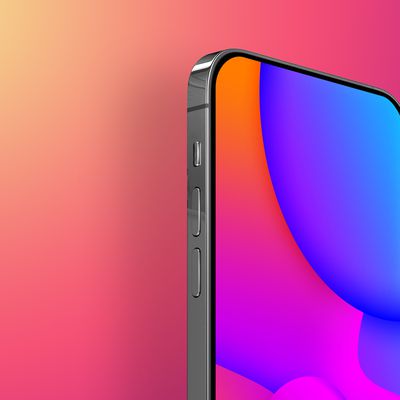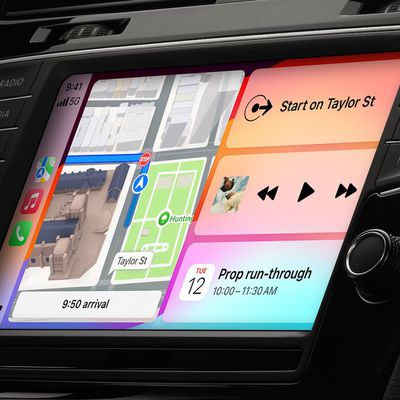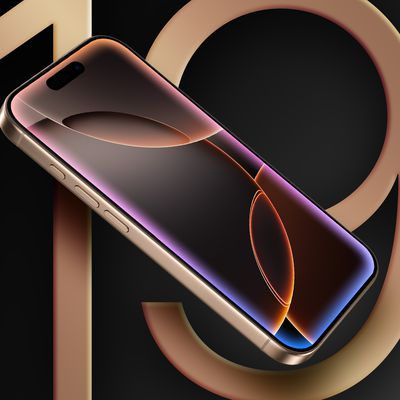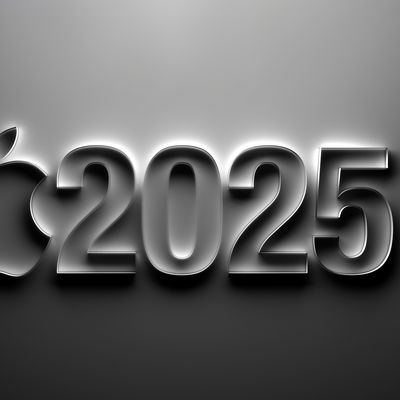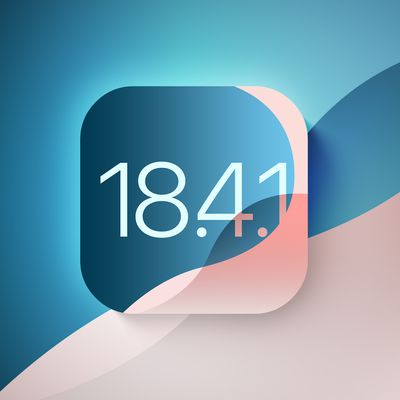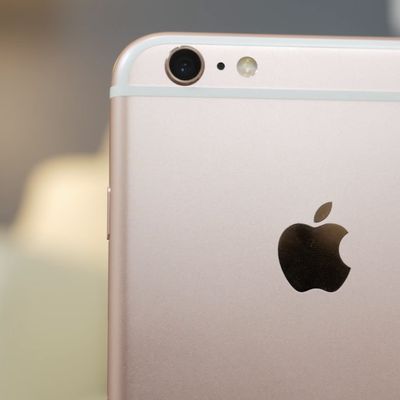In March 2020, Apple updated its popular iPad Pro lineup, introducing a faster A12Z Bionic processor, dual rear cameras, a new LiDAR scanner for improved augmented reality capabilities, improved audio, and an optional Magic Keyboard accessory that adds a trackpad to the iPad for the first time.

Although the previous 2018 models are no longer sold by Apple, they tend to be readily available at third-party retailers. As the 2018 model is two years older than the most recent iPad Pro, it can often be found for a considerably lower price. Superficially, the two generations of iPad Pro appear to be very similar, so should you consider purchasing the older model to save money? Our guide answers the question of how to decide which of these two generations is best for you.
Comparing the 2018 iPad Pro and the 2020 iPad Pro
Most of the features of these two generations of iPad Pro are almost exactly the same. Apple lists these same features of the two generations of iPad:
Similarities
- 11-inch or 12.9-inch Liquid Retina display with ProMotion technology and True Tone
- Up to 1TB storage
- Compatible with Magic Keyboard, Smart Keyboard Folio and Apple Pencil (2nd generation)
- USB‑C connector
Apple's breakdown shows that the two generations share an overwhelming majority of key features. Even so, there are a small number of meaningful differences between the 2018 iPad Pro and the 2020 iPad Pro that are worth highlighting, including the camera, the processor, and the LiDAR scanner.
Differences
2018 iPad Pro
- A12X Bionic chip with seven active GPU cores
- 4GB RAM, 6GB on 1TB model
- Standard microphones
- Single 12MP Wide camera
- Wi-Fi 5 connectivity
2020 iPad Pro
- A12Z Bionic chip with eight active GPU cores
- 6GB RAM
- "Studio-quality" microphones
- Dual 12MP Wide and 10MP Ultra Wide cameras
- Wi-Fi 6 connectivity
- LiDAR Scanner
Read on for a closer look at each of these aspects, and see what exactly both generations of the iPad Pro have to offer.
A12X vs A12Z
The 2020 iPad Pro is equipped with an A12Z Bionic chip, which is a slight upgrade over the A12X chip featured in the 2018 iPad Pro models. The 2018 and 2020 iPad Pro contain the same A12-series processor. The only difference is that the A12Z Bionic's GPU contains one more active core than the A12X, with eight cores in total.

Benchmarks of the new iPad Pro have suggested the A12Z's performance is close to identical to the performance of the A12X in the 2018 iPad Pro, though there is a small boost in GPU performance due to the inclusion of an eight-core GPU. In single-core, the two chips perform almost exactly the same.

In multi-core, the A12Z performs only marginally better.

It has been confirmed that the A12Z is a re-binned version of the A12X with an extra GPU core enabled. The A12X actually has an eight-core GPU, but one of the cores is deactivated, so it is functionally a 7-core GPU. The A12Z is an A12X with that extra GPU core available. This explains why the performance and benchmarks are so similar.
For graphics-oriented tasks, both iPad Pros should perform identically in single-core, but in multi-core, the 2020 iPad Pro will be at a slight advantage. The newer processor also has a new thermal architecture and an updated performance controller.
The A12X in the 2018 iPad Pro already had impressive performance. While Apple has clearly refined the chip for the 2020 iPad Pro, the original A12X remains a powerful mobile processor.
It is difficult to encourage an upgrade simply on the basis of the processor since they are ultimately the same chip with minor differences, but users intending to use the iPad Pro for graphics-intense purposes, such as video editing and 3D model design, should consider the newer model for a slight performance bump.
Users who opt for the older model with the A12X are highly unlikely to notice a difference in performance. So, unless you need maximum performance for graphics-based tasks, the A12X will be more than enough for your needs.
Memory
All 2020 iPad Pro models feature 6GB of RAM. Only the 2018 model with 1TB of storage had 6GB of RAM, while all other 2018 models had 4GB.
RAM management and multitasking on iPadOS tends to be excellent, so the amount of RAM is not a pressing requirement when making a decision about which iPad Pro to buy. Both 4GB and 6GB configurations will provide enough memory for a very capable device.
If you are concerned about intense multitasking and need moving between spaces to be as fluid as possible, the 2020 iPad Pro will certainly be the more future-proof model, but this isn't to say that the 2018 iPad Pro's RAM is insufficient.
Camera

The 2020 iPad Pro has a new dual-camera system, featuring a 12-megapixel wide-angle camera with an f/1.8 aperture and a 10-megapixel ultra wide-angle camera with an f/2.4 aperture and a 125 degree field of view. Apple says that the ultra wide-angle camera can be used to zoom out two times for a much wider field of view, doubling the photo and video possibilities, enabling different perspectives and multi-camera use. This added flexibility will be appreciated by users who are keen on photography or videography with their iPad Pro as a large viewfinder.
The 2020 iPad Pro adds support for 4K video recording, up from 1080p on the 2018 model. Videography and live-streaming will be distinctly better with four-times higher resolution videos. Like the 2018 models, the 2020 iPad Pro models do not feature optical image stabilization.
The 2018 model has a single 12-megapixel camera on the rear. The lens is actually the same as the 2020 model, so unless you are particularly interested in using the ultrawide lens or photography is a vital part of your iPad Pro use-case, there is little reason to upgrade for the improved camera setup.
Microphones

The 2020 iPad Pro features a redesigned microphone array, which Apple calls "studio-quality mics," capable of capturing "super clean audio." With five separate microphones across the device, audio-recording is multi-channel and higher fidelity. If you intend to use your iPad Pro for podcasting, videography with sound, or any other audio-recording, the 2020 iPad Pro offers a noticeable improvement on the previous model. On the other hand, the 2018 iPad Pro's microphones will still be suitable for video calls and casual sound recording. The 2020 iPad Pro simply offers audio recording at a far higher quality.
LiDAR
LiDAR stands for "light detection and ranging." Accompanying the two-camera setup on the 2020 iPad Pro is a new LiDAR Scanner that uses reflected light to measure the distance of objects up to five meters away in nano-second speeds. This means that the LiDAR scanner can build an exact 3D model of objects and the layout of rooms. Apple says that new depth frameworks in iPadOS combine depth points from the LiDAR scanner with data from cameras and motion sensors for a whole new class of AR experiences on the iPad Pro.
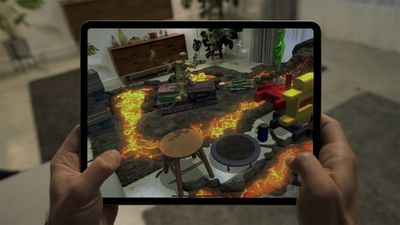
Existing ARKit apps will benefit from instant AR placement, improved motion capture, and people occlusion. With new ARKit capabilities, developers can access a new Scene Geometry API that will result in new scenarios not possible without the LiDAR Scanner.
The 2018 model does not have a LiDAR scanner, and is entirely reliant on its single camera lens for AR. It cannot map objects or rooms in three dimensions. AR developers should definitely buy the 2020 iPad Pro for this reason. If you are simply interested in AR, and enjoy AR experiences and gaming, the 2020 iPad Pro is worth considering. For most users, LiDAR and AR is a niche interest and still at an early stage, and it will not be worth getting the 2020 iPad Pro for its scanner.
Design
The 2020 iPad Pro models have received no major design refreshes and continue to look almost exactly like the 2018 iPad Pro models, available in 11 and 12.9-inch sizes with an all-screen design and an edge-to-edge display that does not include a Home button. Like the 2018 iPad Pro models, the 2020 iPad Pro features a TrueDepth camera system with Face ID that uses facial recognition for biometric authentication and a 7-megapixel front-facing camera. Apple offers the iPad Pro in either a Silver or Space Gray aluminum.
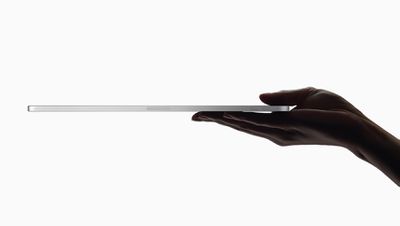
The back of the iPad Pro is where the main design change is, with 2020 models featuring a square-shaped camera bump housing the wide-angle lens, ultra wide-angle lens, the new LiDAR Scanner, and a True Tone flash. The new square-shaped camera bump is considerably larger than the prior vertical camera bump in the 2018 iPad Pro, which featured a single-lens camera setup.
The 2020 iPad Pro is also slightly heavier than the 2018 model. The difference is virtually imperceptible at just 0.01 pounds heavier, however. The industrial squared-off design premiered on the 2018 model and still feels fresh, so design likely won't factor into the decision as to which of the two generations you should buy.
Connectivity
The 2020 iPad Pro models support WiFi 6, otherwise known as 802.11ax. The updated standard offers faster speeds, improved network capacity, better power efficiency, lower latency, and upgraded connectivity when there are multiple WiFi devices in the same area. WiFi 6 devices also support WPA3, which is a security protocol that offers improved cryptographic strength.
The 2020 iPad Pro offers Gigabit-class LTE on cellular models. Apple says that these new modem chips support the most bands ever in an iPad. Both the 2018 and 2020 iPad Pros feature a single a USB-C port for charging and connecting to accessories, and support Bluetooth 5.0 technology.
The 2020 iPad has a clear advantage in terms of wireless connectivity, but in most cases, the difference means that it is a more future-proof model, rather than a distinctively faster experience. This is because many users will not have a WiFi 6 network to take advantage of. If you intend to keep your iPad Pro for many years, the 2020 model will offer newer wireless connectivity options that will be useful in years to come.
Accessories
Both the 2018 and 2020 iPad Pro use the second-generation Apple Pencil, which attaches and charges via a magnetic connection on the side of the iPad. Neither is compatible with the first-generation Apple Pencil.
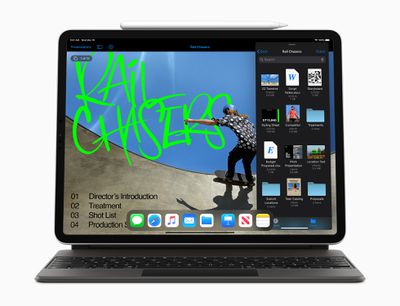
Apple designed a new Magic Keyboard for the 2020 iPad Pro, which is essentially a new version of the Smart Keyboard, equipped with a trackpad, backlit keys, and a scissor-switch mechanism with 1mm of key travel. Despite the fact that the Magic Keyboard premiered alongside the 2020 iPad Pro and features a larger camera cutout to account for the newer model's ultrawide camera and LiDAR scanner, it is still fully compatible with the previous 2018 iPad Pro. This is because both the 2018 and 2020 iPad Pro have the same Smart Connector on the back. The Smart Connector interface is able to transfer both power and data, so accessories that connect to the iPad Pro through it do not need batteries or a Bluetooth connection.
Any third-party USB-C or Bluetooth accessories for the 2018 iPad Pro will continue to work on the 2020 model, and vice versa. This means that accessories and connectivity don't need to factor into your decision when choosing between the 2018 and 2020 iPad Pro.
Other iPad Options
Apple offers three kinds of iPad beyond the iPad Pro: the low-cost 10.2-inch iPad, the 7.9-inch iPad mini, and the 10.5-inch iPad Air. If you are already considering the iPad Pro, it is highly unlikely that the low-cost iPad or the iPad mini could meet your requirements. With support for a Smart Keyboard and first-generation Apple Pencil, the only real substitute for the iPad Pro is the 10.5-inch iPad Air.

The 10.5-inch iPad Air sits in the middle of the iPad family, starting at $499 for Wi-Fi only models. The iPad Air is the perfect mid-tier option with an adequate screen size, speedy internals, and first-generation Apple Pencil support. The iPad Air has a Smart Connector for easy connection to a Smart Keyboard accessory if you prefer a physical keyboard. If your workflow revolves around lighter content consumption, digital illustration, or writing, the iPad Air may be a viable option instead of the iPad Pro.
Which iPad Pro Should You Buy?
The 2020 iPad Pro is very much an evolution of the previous 2018 model, with certain aspects being improved and fine-tuned. It is these specific areas, such as LiDAR, the camera setup, and the additional graphics core on the A12Z, that would be the reason to favor the 2020 model. Users intending to keep their iPad Pro for the long-term should also consider the 2020 iPad Pro as its minor improvements will make it much more future-proof in years to come.
If these aspects are not important to you, there is no significant reason to spend more on the newer model. For most users, the 2018 iPad Pro should be more than adequate for your needs. Despite arriving a year and a half later, the 2020 iPad Pro only displays very minor improvements over its predecessor. The two models are generally very similar, and the experience of both iPad Pros will likely be equally good in all but the most niche use cases.
The 2018 iPad Pro remains a very compelling option for most customers considering buying an iPad Pro.


